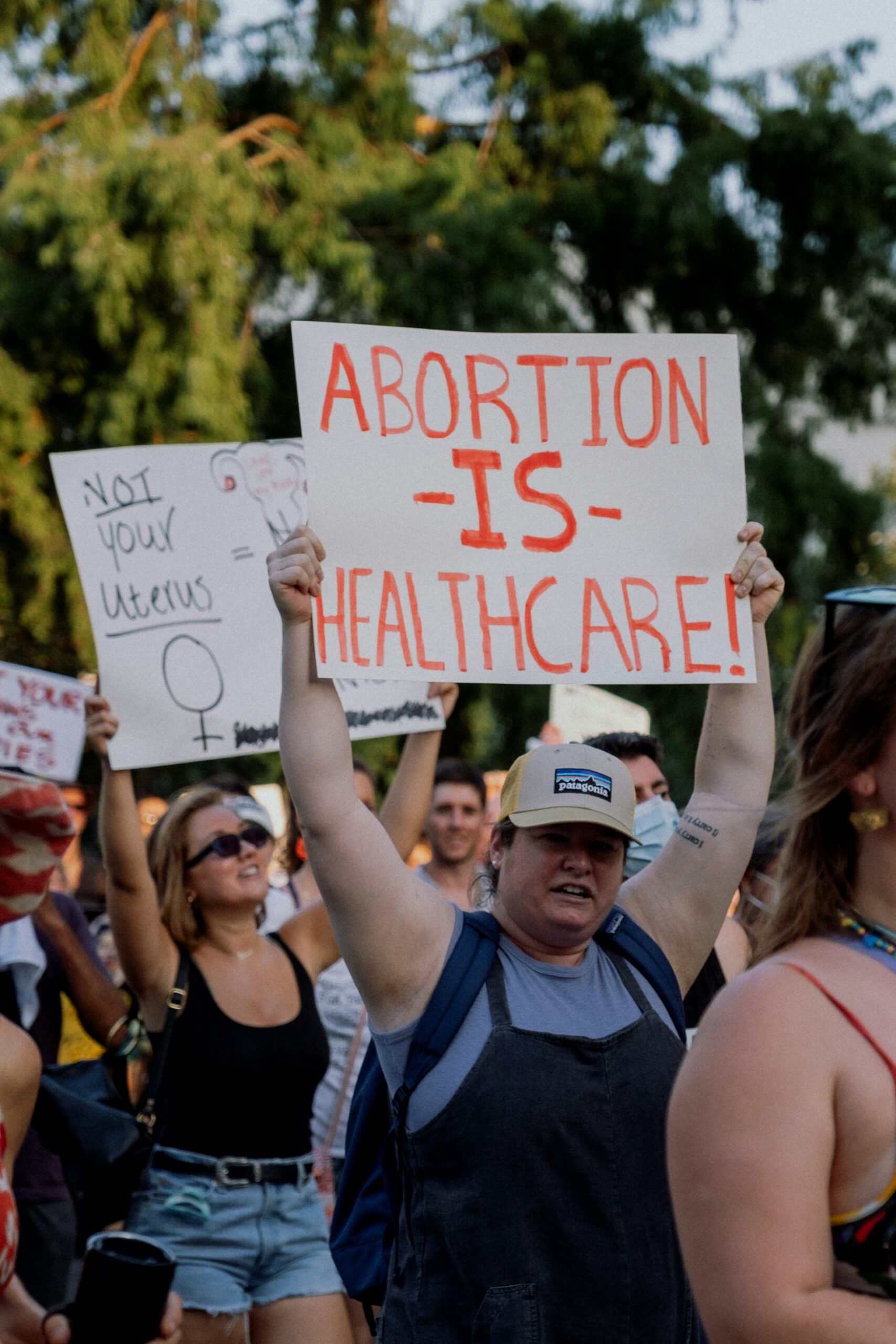Comprehensive Guide to Securing Health Insurance After Job Loss

Photo by Markus Spiske on Unsplash
Understanding Your Health Insurance Options After Job Loss
Losing your job can bring uncertainty, but it doesn’t have to mean losing your health coverage. Multiple pathways exist to help you and your family stay protected during this transition. Below, you’ll find detailed explanations of your options, eligibility requirements, and actionable steps to secure the best plan for your situation.
1. Enrolling in a Marketplace Plan Through a Special Enrollment Period
If you lose your job-based health insurance, you may qualify for a Special Enrollment Period (SEP) to sign up for a health plan through the Health Insurance Marketplace. Normally, you can only enroll during the annual Open Enrollment Period (typically November 1 through January 15), but job loss is a qualifying life event that allows you to apply outside that window [1] .
Here’s how to get started:
- Visit the official Health Insurance Marketplace at HealthCare.gov . Create an account or log in to your existing one.
- When applying, indicate that you recently lost qualifying health coverage. You’ll need to provide documentation showing when your employer coverage ended.
- The SEP generally gives you 60 days from the date you lose your coverage to enroll in a new plan. Missing this deadline may require you to wait until the next open enrollment period unless you experience another qualifying event [3] .
Marketplace plans cover essential benefits, including doctor visits, prescription drugs, preventive care, and mental health services. Depending on your household income and size, you may qualify for premium tax credits or cost-sharing reductions that make your plan more affordable [2] .
2. COBRA Continuation Coverage
Another common option is COBRA (Consolidated Omnibus Budget Reconciliation Act) continuation coverage. If your employer had 20 or more employees, you typically have the right to continue your previous employer’s health plan for up to 18 months (and sometimes longer in special cases). COBRA ensures no gap in coverage, but you must pay the full premium cost plus a small administrative fee, which can be significantly higher than what you paid as an employee [1] .
To enroll in COBRA:
- Your employer or the plan administrator will send you a COBRA election notice within 44 days of losing coverage. Read it carefully and follow the instructions to elect coverage.
- You typically have 60 days from the date you receive the COBRA notice to decide whether to continue your plan. Coverage is retroactive to the date you lost your job-based insurance, as long as premiums are paid.
- Contact your employer’s benefits administrator or HR department for more information on your COBRA options [2] .
COBRA is ideal for those who want to keep their current doctors and coverage but should be weighed against the typically higher costs. Some people use COBRA as a temporary solution while seeking a more affordable alternative.
3. Medicaid and CHIP: Free or Low-Cost Coverage
If your income drops significantly after job loss, you and your family may qualify for Medicaid or the Children’s Health Insurance Program (CHIP) . These programs provide no- or low-cost health coverage to eligible individuals and families based on income and household size [5] .
How to apply:
- Visit HealthCare.gov or your state’s Medicaid website to check eligibility and application steps.
- Most states allow you to apply online, by phone, or in person. Use the search term “[Your State] Medicaid application” for the official site.
- Coverage can begin immediately upon approval, and retroactive coverage may be available in some states for recent medical bills.
Medicaid and CHIP eligibility thresholds vary by state, so check your state’s specific guidelines. These programs are especially valuable for parents, children, seniors, and people with disabilities.
4. Joining a Family Member’s Health Plan
If you are under age 26, you may be able to join or return to a parent’s health insurance plan. Some employers also allow spouses or domestic partners to be added to an existing group plan after a qualifying event like job loss [4] .
Steps to join a family plan:
- Ask the plan administrator or HR department about adding a dependent or spouse following job loss.
- Paperwork and proof of the qualifying event (such as a letter from your former employer) may be required.
- Enrollment windows are usually limited to 30-60 days after the qualifying event.
This route may be more affordable than COBRA or a Marketplace plan, depending on the employer’s contribution structure and plan design.
5. Short-Term and Alternative Health Insurance Plans
Short-term health plans are available in many states and can offer temporary coverage until you secure a more permanent solution. These plans typically provide limited benefits, may not cover pre-existing conditions, and are not required to meet Affordable Care Act standards. They can be a stopgap for healthy individuals but should be carefully reviewed for limitations and exclusions.
To find a reputable short-term plan, consider contacting a licensed insurance agent in your state or use well-known national insurance providers. Search for “short-term health insurance [your state]” to see options regulated by your state’s insurance department.
6. Step-by-Step Action Plan for Securing Health Insurance
1. Evaluate your eligibility for Medicaid, CHIP, or a spouse’s/family member’s plan as these may offer the most affordable coverage.
2. Research Marketplace plans at HealthCare.gov. Use the estimator tool to see if you qualify for premium subsidies and compare available options.
3. Review COBRA coverage if you want to keep your existing plan and can afford the full premium. Contact your employer or plan administrator for details.
4. Consider short-term plans only as a last resort, ensuring you understand the coverage limits and exclusions.
5. Gather required documentation: proof of loss of coverage, income, household size, and any other information needed for your chosen plan.
6. Apply promptly . Most options have strict enrollment windows (usually 60 days from loss of coverage).
7. Potential Challenges and Solutions
Cost Concerns: COBRA can be expensive, but Marketplace subsidies can make ACA plans more affordable. Always check if you qualify for financial assistance before deciding.

Photo by Marek Studzinski on Unsplash
Documentation Delays: Gather all notices and paperwork from your former employer promptly to avoid missing enrollment deadlines.
Confusion Over Options: If you’re unsure which path is best, consider calling the HealthCare.gov helpline at 1-800-318-2596 for personalized assistance, or reach out to your state’s Department of Insurance for guidance.
8. Real-World Example
Maria, age 42, lost her job in March. She had 60 days to enroll in a Marketplace plan during her SEP. She discovered that, based on her reduced income, she qualified for a substantial premium subsidy, dropping her monthly premium from $410 to $85. Maria’s friend, who was offered COBRA, decided to take it for three months, then switched to a Marketplace plan during the next open enrollment. Both avoided a coverage gap and protected their finances from unexpected medical bills.
9. Alternative Approaches
In some cases, community health centers provide sliding scale medical services for uninsured individuals. To find a local provider, search for “community health center [your city/state]” or visit the Health Resources and Services Administration website and search for their health center locator tool.
Key Takeaways
Health insurance is critical after job loss to protect your health and finances. Prompt action, careful comparison, and understanding your eligibility are essential. Explore all available options-Marketplace, COBRA, Medicaid, CHIP, family plans, and short-term coverage-and apply within the required timeframes to maintain continuous protection.
References
[1] Anthem (2024). Health Insurance for the Unemployed.
[2] HealthCare.gov (2024). See Your Options If You Lose Job-Based Health Insurance.
[3] CMS (2024). Losing Job-based Coverage [PDF].
[4] Aetna (2024). How to Keep Health Insurance After a Job Layoff or Furlough.
[5] HealthCare.gov (2024). Health Care Coverage Options for Unemployed.
MORE FROM promohunterpro.com













